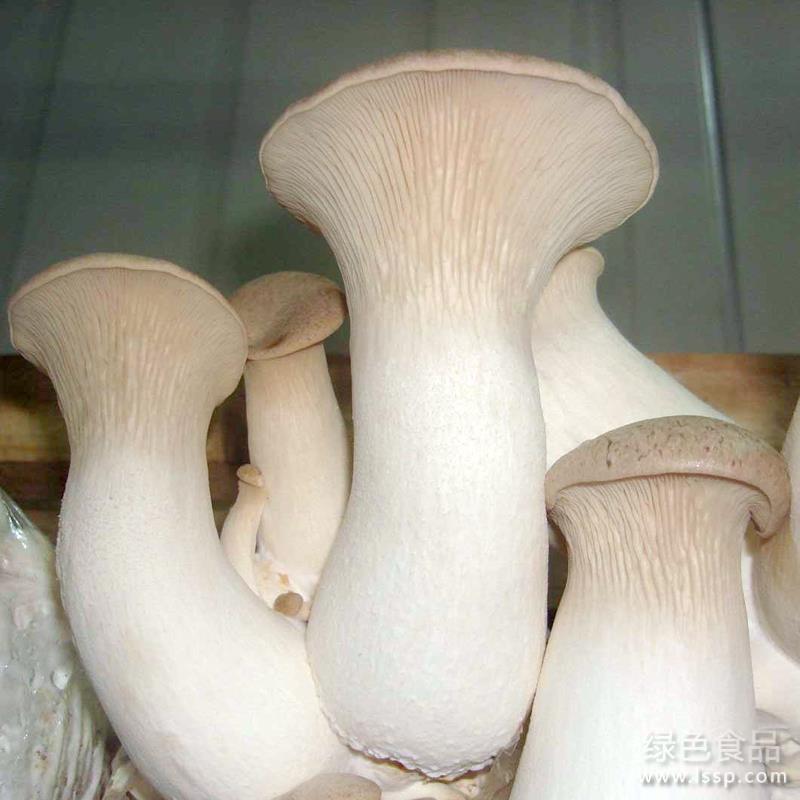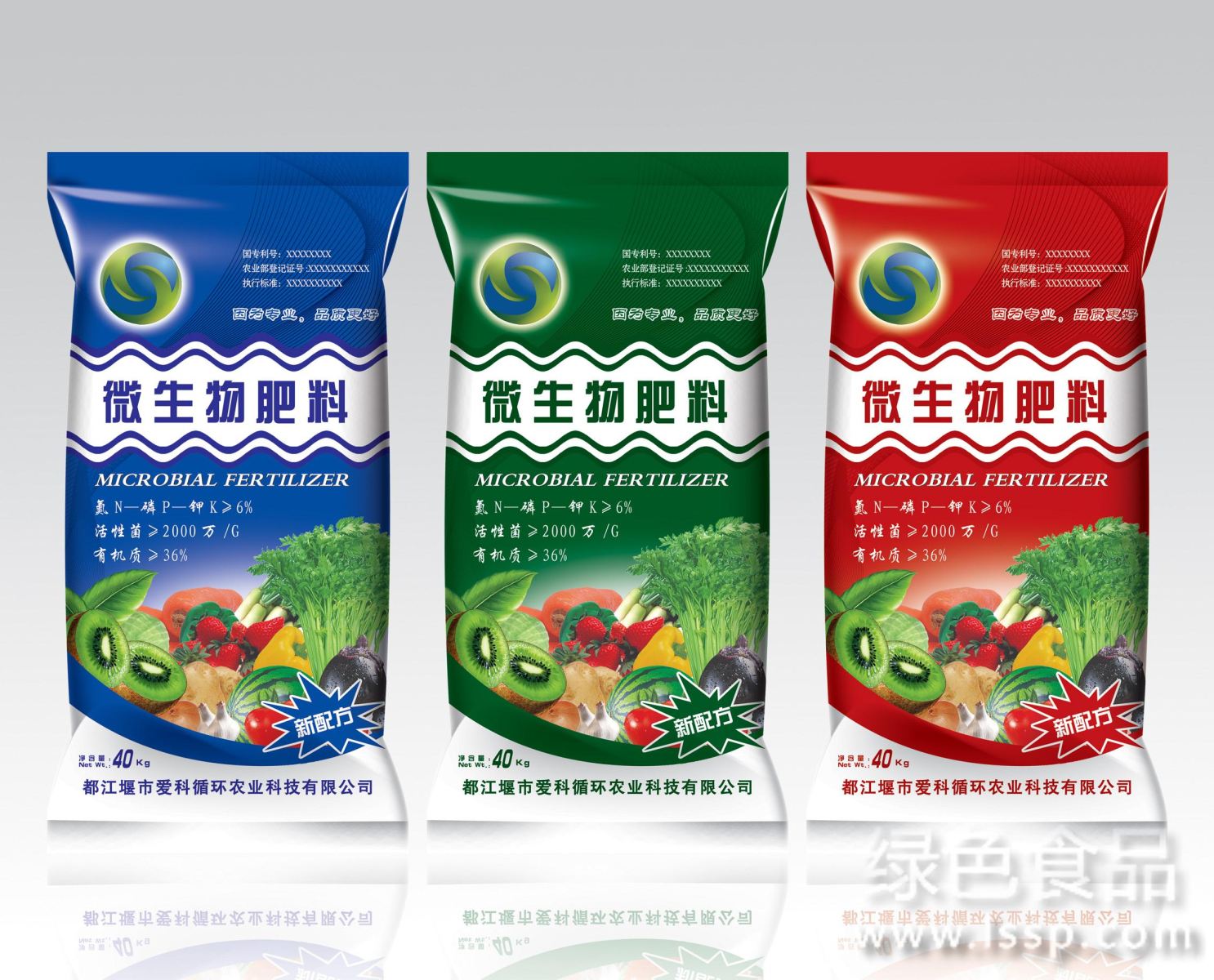Five situations of wasteful use of Cotton Pesticide in polluted Environment

cotton spray
Pesticide waste is a common phenomenon in rural areas. At present, it is the critical period for cotton application. Many cotton farmers use pesticides indiscriminately for good harvest, resulting in pesticide waste, which not only fails to play its due role in cotton, but also seriously pollutes the environment. Pesticide Xiaobian briefly summarized that pesticide waste is mainly manifested in the following five situations:
One is that some cotton farmers dilute pesticides, pesticide bottle caps as measuring tools, according to the feeling of estimation of medicine, so that the pesticide is very inaccurate, either too much or too little. Too much will cause pesticide damage to cotton, rice and other crops, resulting in excessive pesticide residues, affecting the quality of agricultural products, too little dosage will not play a role, can not achieve the effect of pest control.
Second, large cotton growers mistakenly believe that the greater the concentration of pesticides used, the more beneficial it is to control cotton bollworm, cotton bollworm, Spodoptera litura, cotton red spider, cotton aphid, fusarium wilt and other diseases and insect pests in the middle and late stages of cotton. Therefore, the concentration of pesticides is increased at will, and some are even two or three times higher than the normal concentration.
Third, some cotton farmers do not understand the relationship between pest control and pesticide control, so they are blind when using pesticides, which often leads to incorrect application of pesticides, so it is difficult to achieve the purpose of effective pest control.
Fourth, some cotton farmers always like to mix pesticides that cannot be mixed, so that the effective components of pesticides are directly destroyed, not only artificially causing pesticide waste, but also very easy to produce certain phytotoxicity to high-quality cotton varieties.
Fifthly, some cotton farmers do not spray drugs in alternate rows when using manual sprayers, but apply drugs in cotton fields at noon with strong wind and high temperature. Some cotton farmers do not carefully check whether the appliance leaks or blocks before spraying when using the 16-type manual sprayer. The liquid medicine barrel of the sprayer is too full, and the medicine is wasted when spraying.
The waste phenomenon in the use of the above five pesticides cannot fail to attract the attention of the broad masses of farmers in key cotton-producing areas. Cotton plant protection technicians should also carry out propaganda in this regard and strengthen technical guidance for cotton farmers to prevent diseases and pests, improve the scientific level of cotton farmers, promote scientific dilution of pesticides, save funds, prevent waste and ensure efficacy. The following data are obtained from the data, which are only for the reference of cotton farmers: 1000 grams of pesticide bottle cap, its volume is 13 ml;500 grams of pesticide bottle cap, its volume is about 12.5 ml;250 grams of pesticide bottle cap its volume is 6 ml;100 grams of pesticide bottle cap, its volume is about 3.5 ml. At present, it is the frequent period of crop diseases and insect pests such as cotton in the south. The author suggests that the relevant agricultural departments present a disposable simple measuring tool when introducing pesticide dosage and compounding, briefly introduce the use method and provide a written information, so as to facilitate the scientific dispensing of pesticides by cotton farmers.
- Prev

Preparation methods and cultivation techniques of fermentation bag of Coprinus comatus
Preparation methods and cultivation techniques of fermentation bag of Coprinus comatus
- Next

The correct use method of planting microbial fertilizer scientifically
The correct use method of planting microbial fertilizer scientifically
Related
- Fuxing push coffee new agricultural production and marketing class: lack of small-scale processing plants
- Jujube rice field leisure farm deep ploughing Yilan for five years to create a space for organic food and play
- Nongyu Farm-A trial of organic papaya for brave women with advanced technology
- Four points for attention in the prevention and control of diseases and insect pests of edible fungi
- How to add nutrient solution to Edible Fungi
- Is there any good way to control edible fungus mites?
- Open Inoculation Technology of Edible Fungi
- Is there any clever way to use fertilizer for edible fungus in winter?
- What agents are used to kill the pathogens of edible fungi in the mushroom shed?
- Rapid drying of Edible Fungi

